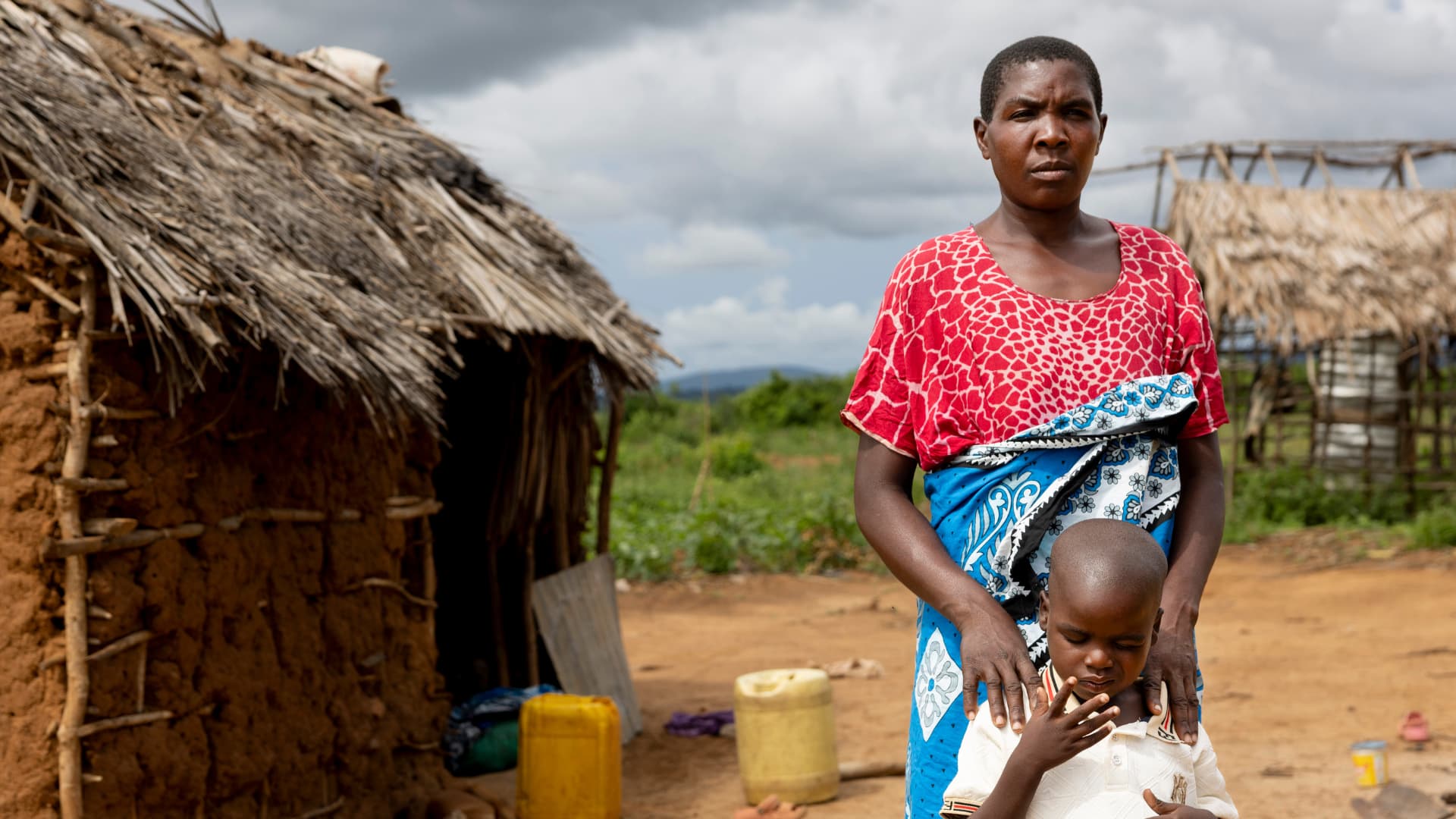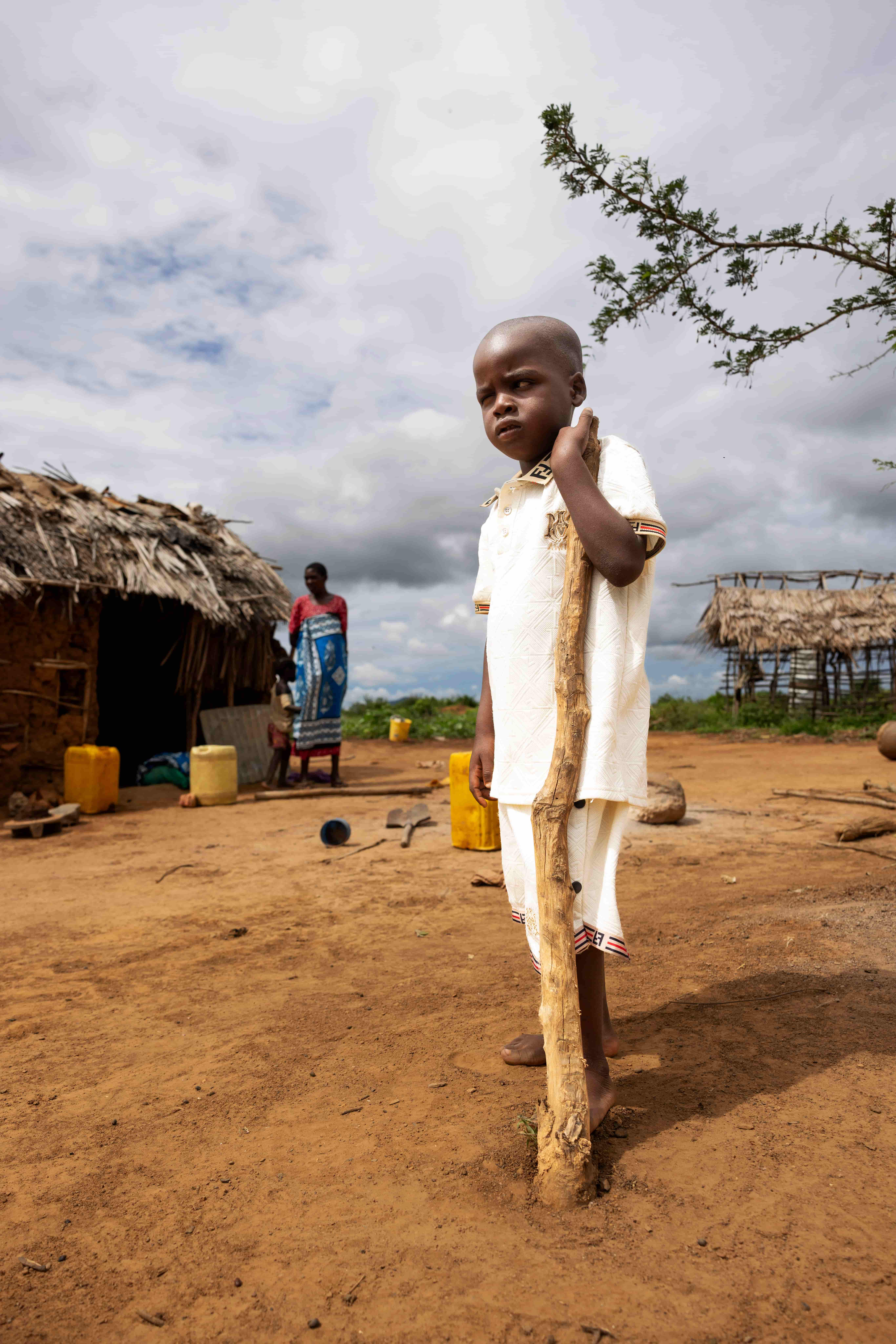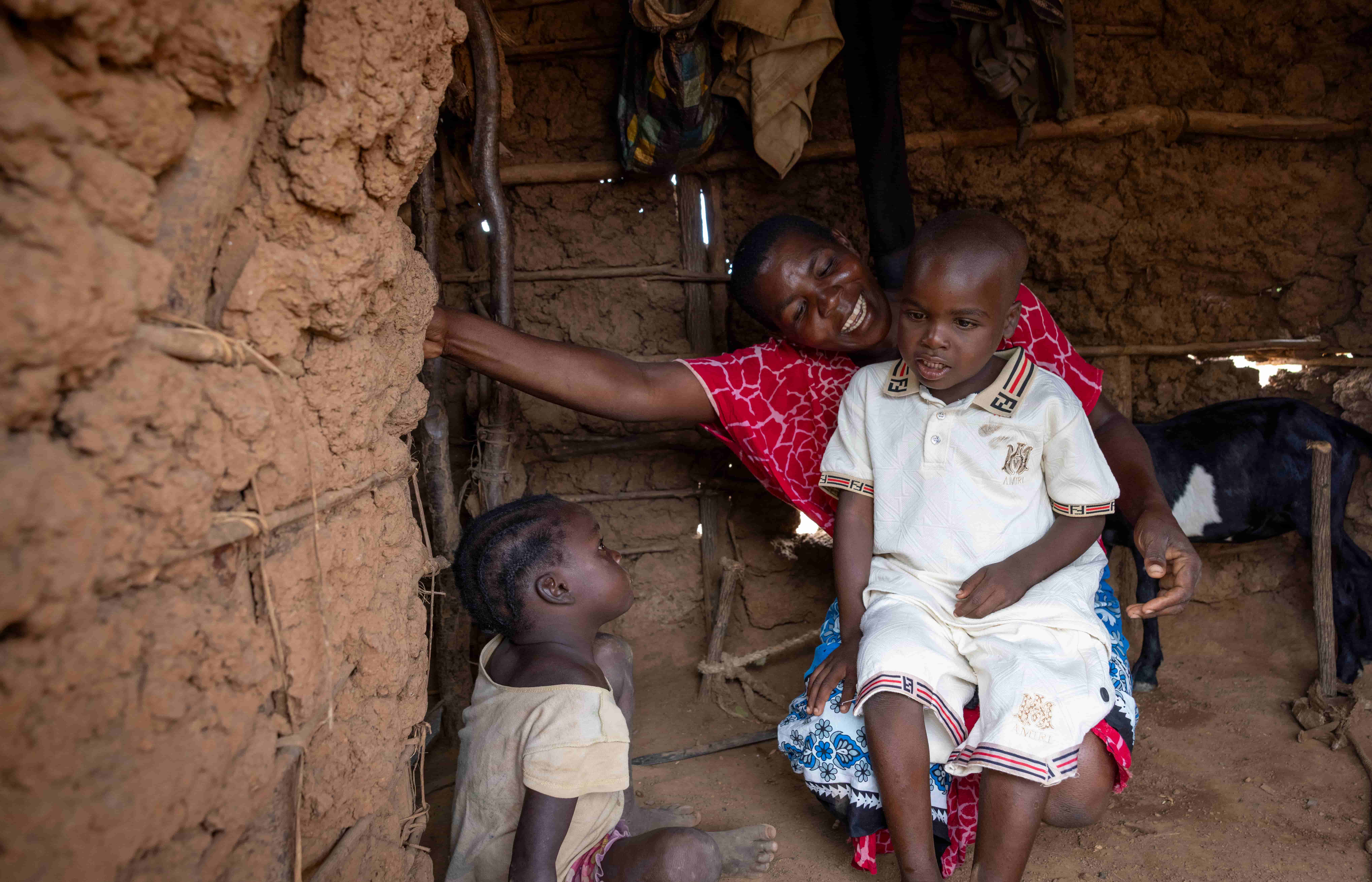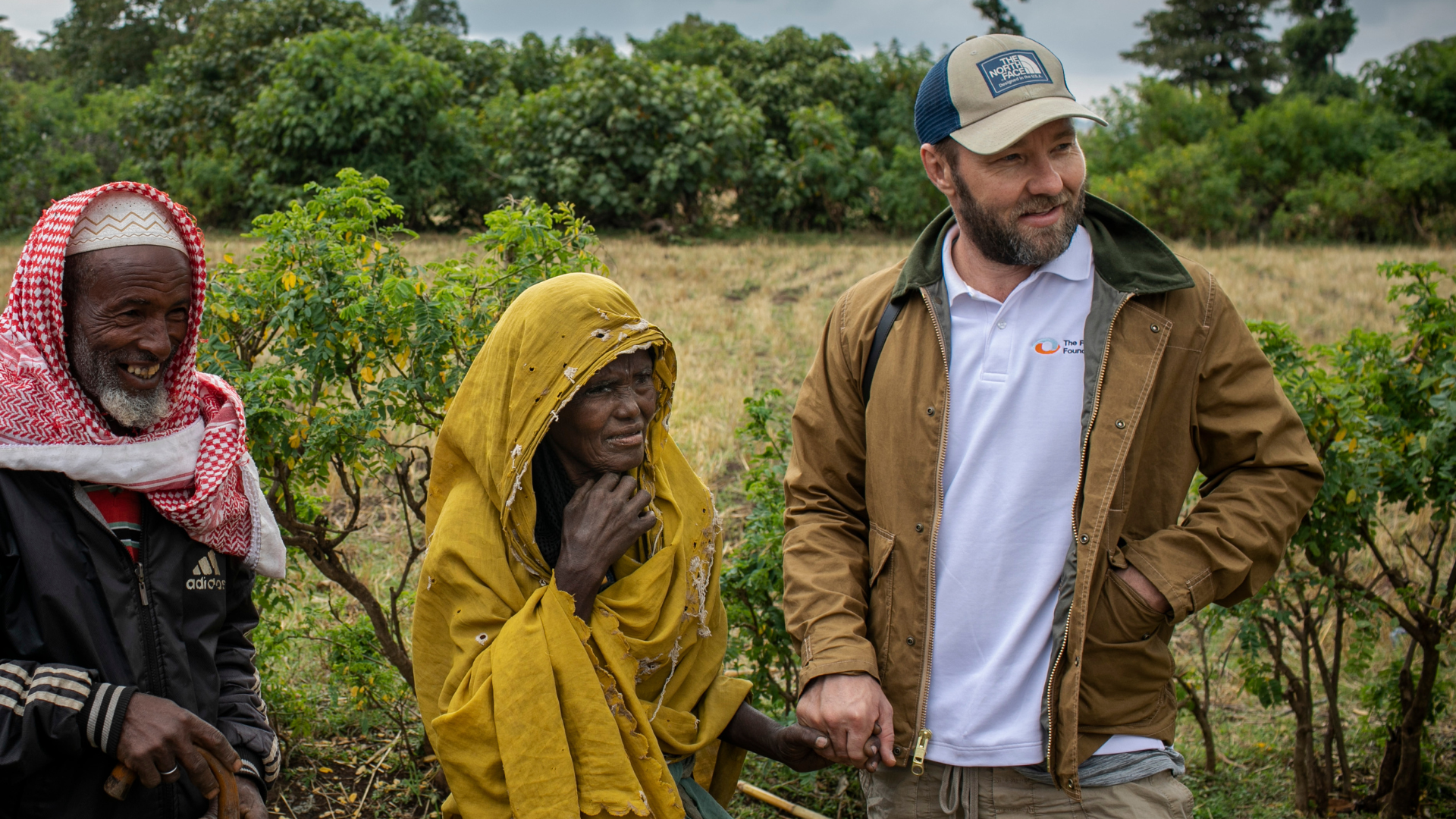The hidden cost of poor vision: why ending avoidable blindness matters to all of us

I’ve travelled to parts of Australia and the world with The Fred Hollows Foundation. I’ve stood in operating theatres and seen the moment when a bandage is lifted, and someone opens their eyes to a world they thought they’d lost forever. Those moments are filled with joy – tears streaming, laughter, arms reaching for loved ones.
But what we often don’t see – what the world often misses – is the other side of blindness. The hidden cost of avoidable blindness.
This is a story about what happens when sight is lost. And what happens when it’s restored.
The global cost of avoidable blindness

Around the world, most people who are blind don’t need to be. But untreated vision loss keeps millions from learning and earning every day.
Photo credit: Michael Amendolia
Around the world, 9 out of 10 people who are blind don’t need to be. Yet every year, vision loss costs the global economy $AU530 billion in lost productivity. That’s an almost unimaginable figure – but it tells us something important: blindness doesn’t just take away someone’s ability to see. It takes away their ability to work, to learn and care for their family.
And the problem doesn’t stop with one person. Families feel it too. When a parent goes blind, a child is often pulled out of school to become a caregiver. That means a daughter never learns to read, or a son never gets the chance to finish school. Poverty deepens. Opportunity disappears.
The truth is simple: poor vision can lock people out of life’s most basic chances.
Why so many families miss out on eye care
If ending blindness is so simple, why does it persist?
The answer lies in inequality. People who live in poverty or remote communities often have no way to reach a hospital, no money to pay for surgery, and no voice to demand the care they deserve.
For women and girls, the barriers are even higher. They make up 55% of the world’s blind population. Too often, cultural norms, lack of financial independence, and caregiving roles stop them from getting treatment.
Age is also a major factor. 78% of people who are blind are over 50. Many are already vulnerable, living on low incomes, with no one to advocate for them.
The result? Millions of people are trapped in a cycle where blindness causes poverty – and poverty reduces access to help.
One family’s fight for sight
Three years ago, Jira was excited to start school. But that same year, the seven-year-old was sent home because he was struggling to see.
Now, Jira has missed three years of school. Instead of learning in a classroom, he spends his days on a remote patch of land in Kenya’s Kwale County, playing with his younger sister, Luvono. She is his guide through a darkening world.

Jira can’t go anywhere on his own. Most days, he sits in the dirt, moulding clay into marbles and toy cars – his only toys.
Photo credit: Michael Amendolia
For his mother, Fatima, life is a daily struggle. With nine children to care for while her husband walks to the city of Mombasa to sell produce, her priority is simply keeping everyone fed. Most days, the family survives on maize milk and local vegetables. Occasionally, they can afford dried fish for protein.
“Whatever we can get on a daily basis is not enough for the whole family – we live with what we are able to get for the day,” Fatima said.
She dreams of a different future for Jira. “My hope is that if Jira goes to school, our struggles might be reduced.”

Before his surgery, Jira’s blindness meant he couldn’t go to school or play like other children. His family worried about his future.
Photo credit: Michael Amendolia
When Jira was born, Fatima noticed a yellow colour in his eyes and walked five hours to the nearest hospital, where he was treated for jaundice. But financial and transport barriers prevented him from getting the care he truly needed.
As his vision worsened, school became impossible – and with it, the promise of education and a better life slipped further away.
But everything changed when a community health worker, supported by The Fred Hollows Foundation and the Australian NGO Cooperation Program (ANCP), found Jira during an outreach visit. For the first time in years, there is hope that Jira can receive the treatment he needs to see again.
This is what restoring sight means. It’s not just about vision. It’s about giving a child back their education, a family back its hope, and a community back its future.
The ripple effect of restoring sight

After life-changing surgery, Jira can see again – and his bright smile says it all: his future is full of possibility.
Photo credit: Michael Amendolia
When someone like Jira regains their sight, the benefits ripple outwards. A child returns to school. A mother no longer carries the weight of fear for her child’s future. A family escapes poverty. A community grows stronger.
According to a recent global study, supported by The Foundation every dollar invested in eye health returns an average of US$9.40 in economic benefits. Cataract surgery alone delivers an incredible US$20.50 return for every dollar spent – one of the highest returns in healthcare. That’s because restoring sight removes one of the biggest barriers to education, work, and community life.
In Kenya, the return is even greater: cataract surgery can generate US$52 for every dollar spent.
And it’s one of the most cost-effective health interventions in the world. Cataract surgery takes as little as 20 minutes and costs a fraction of what it gives back in productivity, independence, and human potential.
We can end this in our lifetime
Avoidable blindness is one of the world’s greatest solvable problems. With enough investment, we can strengthen health systems, train more doctors, and ensure that no one is left behind just because of where they were born or how much they earn.
This is the fight Fred Hollows began more than 30 years ago – and with your help, we can finish it.
Together, we can break the cycle of poverty and blindness. We can unlock opportunity for millions. And we can create a world where everyone has the right to see.
Help finish what Fred started by giving now or joining as a Visionary.
Meet the author
Related articles

12 life-changing stories of sight restored

5 ways restoring a mother’s sight changes everything



